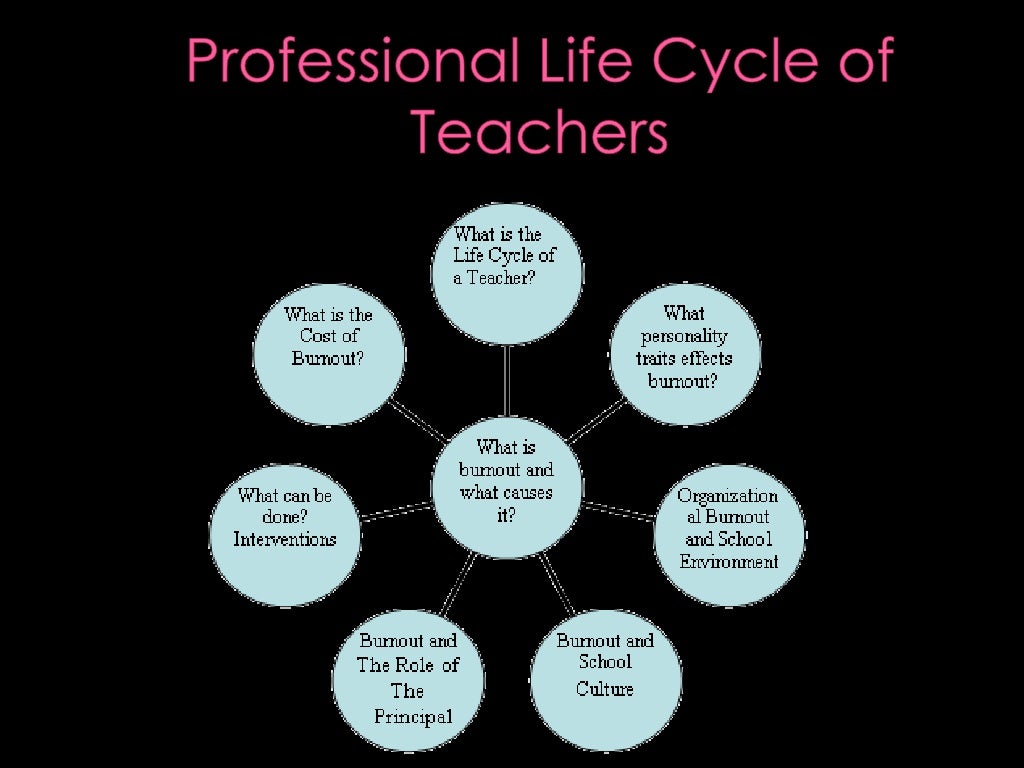
“The needs just grew after the pandemic – I noticed a lot more emotional outbursts.” “A lot of these students are really hurting and suffering with intense emotional problems and high needs,” she said. Rojano said that student engagement plummeted as students returned to class in fall 2021, some for the first time in over a year. Other former teachers cited growing workloads and more difficulty managing student behavior. “I could only imagine how I would be targeted for continuing to teach this.”įive decades and yet: The fight for African American studies in schools isn't getting easier I taught all sorts of philosophers and speakers,” she said. “I taught AP language where we were supposed to teach very controversial work. Biondi was also worried that politics could eventually limit what she taught. She advocated for remote instruction as well as in-school safety rules, such as masking, but faced personal criticism from a local group opposed to these measures, she said. North Carolina saw the largest spike: 16% of teachers left after last year, compared with less than 12% in the three years before the pandemic.įor Kimberly Biondi, who taught high school English for 21 years in a district outside Charlotte, her reasons for leaving were wrapped up in the politics of education. Mississippi’s teacher workforce was the most stable: Turnover was 13% this year, only slightly higher than the two years before the pandemic. There was variation among the eight states. Is there a teacher shortage? Here's what the data says. That’s a turnover rate of 14%, up from between 11% and 12% in a typical pre-pandemic year.

In Louisiana, for instance, nearly 7,000 teachers exited the classroom last school year, or about 1,000 more than usual. “I am struck by just how consistent these patterns are looking at all of these different states,” said Melissa Diliberti, a researcher at RAND, which has monitored teacher attrition during the pandemic.

That implies that in a school with 50 teachers, one more than usual left after last school year. In all cases, turnover was at its highest point in at least five years – typically around 2 percentage points greater than before the pandemic. These figures encompassed turnover between the 2021-22 year and this school year. Many states don’t either, with education officials in California, New Mexico, Ohio and Pennsylvania saying that they don’t know how many teachers leave each year.īut Chalkbeat was able to obtain the latest teacher turnover numbers from eight states: Hawaii, Louisiana, Maine, Maryland, Mississippi, North Carolina, South Carolina, and Washington. The federal government doesn’t regularly track teacher quit rates. But in 2020, turnover dipped in many places as the economy stalled, then in 2021 it ticked back up to normal or slightly above-average levels.Īs this school year began, widespread reports of teacher shortages suggested that turnover had jumped more significantly.ĭata was hard to come by, though. schools into disarray, many educators and experts warned that more teachers would flee the profession. Across 8 states, more teachers left the classroom following last school year The pandemic changed American education overnight: Some changes are here to stay. “I just found myself struggling to keep up.”Īt risk: Despite 'teacher shortage,' coming layoffs could hit newly hired teachers of color hardest The issues were getting bigger and bigger,” said Rebecca Rojano, who last year left a job teaching high school Spanish in Connecticut. “Education had changed so dramatically since COVID. This data also suggests that spiking stress levels, student behavior challenges, and a harsh political spotlight have all taken their toll on many American teachers. But they were meaningful, and the churn could affect schools’ ability to help students make up for learning loss in the wake of the pandemic. And North Carolina saw a particularly alarming trend of more teachers leaving mid-school year. Maryland and Louisiana saw more teachers depart than any time in the last decade. In Washington state, more teachers left the classroom after last school year than at any point in the last three decades.

That’s according to a Chalkbeat analysis of data from eight states – the most comprehensive accounting of recent teacher turnover to date. The data is in: More teachers than usual exited the classroom after last school year, confirming longstanding fears that pandemic-era stresses would prompt an outflow of educators.


 0 kommentar(er)
0 kommentar(er)
